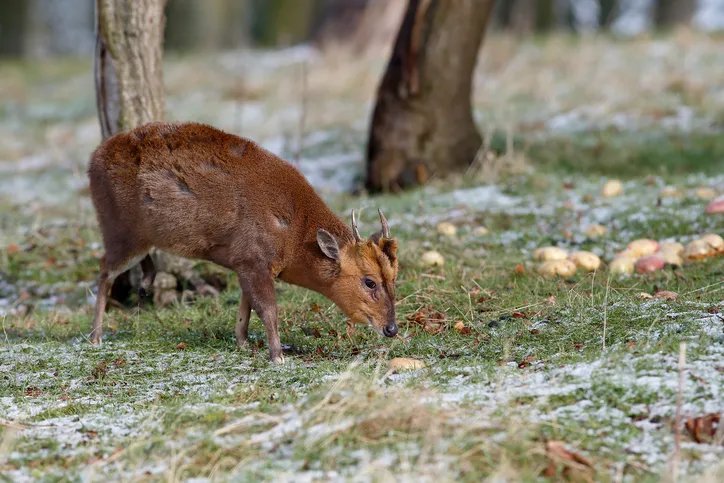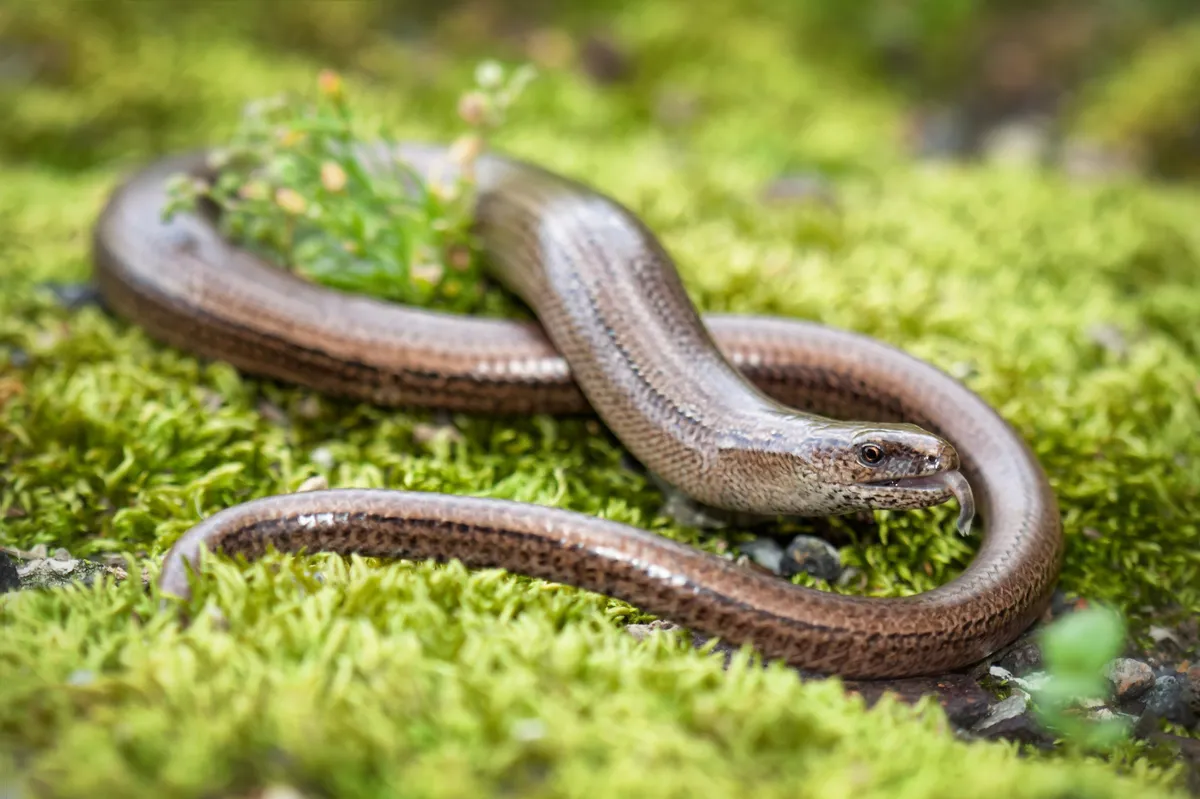The British Isles are home to some extraordinary and frankly weird animals. From microscopic organisms that have survived mass extinctions to ‘vampire’ fish and a shark as long as a bus, there are plenty of weird and wonderful creatures to be found.
Here is a list of our favourite most peculiarly interesting species:
10 weirdest animals
Ocean sunfish (Mola mola)

One of the heaviest bony fish - and one of the weirdest fish - in the world, the sunfish is an increasingly common sight around south and west coasts. They are slow swimmers with a rounded body, long, triangular fins and a peculiar, frill-shaped tail.
Sunfish will lie flat on the surface to sunbathe and they primarily eat jellyfish.
Basking shark (Cetorhinus maximus)

The second largest fish in the world, growing to 11 metres in length and 5 tonnes in weight, basking sharks visit British waters in the summer.
Cruising slowly with mouths open (to filter-feed plankton) and dorsal fins breaking the surface, they pose no threat to people, but are endangered, so sightings should be treasured.
Our sister title BBC Wildlife Magazine named it one of the weirdest sharks in the world
- The world’s fastest shark and centuries-old giants: Discover 7 shark species found in UK waters
- It's the size of a double-decker bus and weighs a mighty 7 tonnes. Meet the ocean giant that swims - rather leisurely it must be said – through UK waters
Ladybird spider (Eresus sandaliatus)

One of our rarest spiders and largely limited to Dorset heathland where they build silk-lined burrows complete with a canopy from which they ambush prey.
The larger female is black, while the male resembles a miniature soft toy with white rings on its legs and a red body with black, ladybird-like spots.
Reeves muntjac (Muntiacus reevesi)

A small, secretive deer, increasingly widespread across England and Wales having been introduced from China in the 19th century.
One of the world's weirdest animals, the muntjac males have short antlers, visible 'V' shaped scent glands just below their eyes and pronounced upper canines that appear like tusks. They have a delicate, dainty gait and a haunting, strangled bark that echoes through their woodland home.
Slow worm (Anguis fragilis)

Neither worm nor snake, but a legless lizard, with a tail that it can ‘drop’ if attacked.
Slow worms grow to 50cm and are widespread, often found under logs or in rotting vegetation.
Their fondness for slugs makes them popular with gardeners, and they have extraordinary longevity, surviving more than 50 years in captivity.
- Find out more in our expert guide to reptiles.
Sea mouse (Aphrodita aculeata)

A marine worm found all around our coast, the sea mouse has long, fur-like bristles known as setae, that change colour in response to the angle of light.
Measuring between 10 and 20cm long, they hunt small crabs and other worms, and their Latin name, Aphrodita, comes from their supposed similarity to female genitalia.
Spoonbill (Platalea leucorodia)

A large, mostly white bird, similar in appearance to a heron, the spoonbill has an unmistakeable spatula-shaped bill.
It feeds by wading in shallow water and sweeping its bill side to side to catch fish, molluscs and crustaceans.
Nightjar (Caprimulgus europaeus)

The nightjar is dove-sized and rests on logs or branches during daylight, camouflaged by its mottled brown plumage.
It catches moths with its wide gape and was once known as a ‘goatsucker’ from the belief that it suckled milk.
- Listen to churring nightjars in episode 6, season 6 of our podcast, Plodcast.
Tardigrade (Tardigrada Sp)

Deep within the dampness of moss and leaf litter lives a microscopic creature (less than 0.5mm) capable of extraordinary things. Also known as water bears, the phylum of Tardigrada species have segmented bodies, eight legs and a straw-like mouthpiece.
Tardigrades can endure extreme temperature, dehydration and have even survived 10 days in space.
Sea lamprey (Petromyzon marinus)

Growing over 1 metre long, this is the largest of three lamprey species in the British Isles. It is eel-like in appearance, with two rows of branchial 'gills' and leathery, mottled brown skin.
The lamprey is a parasite, using rows of teeth in its circular, sucker-like mouth to attach to a host. Find out more in this comprehensive lamprey guide.
Looking for more fantastic animal facts?
Check out our expert guides to the rarest dog breeds, the most intelligent animals and the most colourful animals in the UK.





